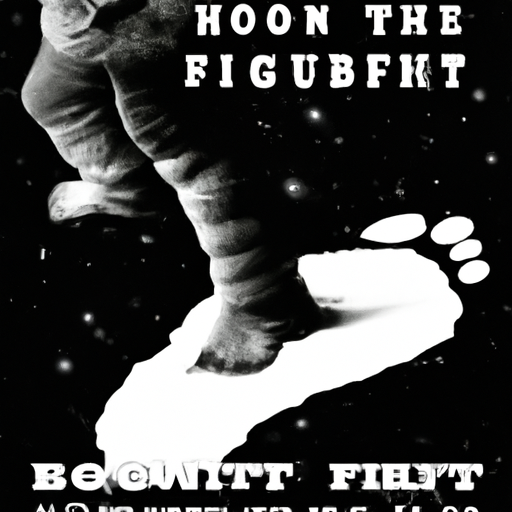 In a new study published by the Journal of Zoology, researcher Floe Foxon presents findings that could be disheartening for Bigfoot believers. Using data on the frequency of Bigfoot sightings and the population of black bears in North America, Foxon discovered a consistent correlation between the two. The study, which compares modern sightings with bear population data from 2006, suggests that mistaking bears for Bigfoot may be a major contributing factor to the persistence of these sightings. While the existence of Bigfoot remains a matter of faith for many, Foxon’s study is sparking discussions about research methods, folklore, and ecology.A recent study published in the Journal of Zoology has shed new light on the phenomenon of Bigfoot sightings in North America. Researcher Floe Foxon conducted a comprehensive analysis of data on Bigfoot sightings and black bear populations, revealing a consistent correlation between the two. Foxon’s findings suggest that in well-forested areas with regular human visitors, there is typically one Bigfoot sighting for every 5,000 black bears. Moreover, for every additional 1,000 bears in the estimated population, the probability of a Bigfoot sighting increases by approximately 4 percent. These results challenge the notion that Bigfoot sightings are purely a result of human activity or folklore. As Foxon explains, “The variable of the bear population generally had a stronger correlation to the Bigfoot sighting data.” While some may dismiss these findings, it is important to approach the subject with an open mind and consider the possibility that there may be more to the Bigfoot phenomenon than meets the eye.
In a new study published by the Journal of Zoology, researcher Floe Foxon presents findings that could be disheartening for Bigfoot believers. Using data on the frequency of Bigfoot sightings and the population of black bears in North America, Foxon discovered a consistent correlation between the two. The study, which compares modern sightings with bear population data from 2006, suggests that mistaking bears for Bigfoot may be a major contributing factor to the persistence of these sightings. While the existence of Bigfoot remains a matter of faith for many, Foxon’s study is sparking discussions about research methods, folklore, and ecology.A recent study published in the Journal of Zoology has shed new light on the phenomenon of Bigfoot sightings in North America. Researcher Floe Foxon conducted a comprehensive analysis of data on Bigfoot sightings and black bear populations, revealing a consistent correlation between the two. Foxon’s findings suggest that in well-forested areas with regular human visitors, there is typically one Bigfoot sighting for every 5,000 black bears. Moreover, for every additional 1,000 bears in the estimated population, the probability of a Bigfoot sighting increases by approximately 4 percent. These results challenge the notion that Bigfoot sightings are purely a result of human activity or folklore. As Foxon explains, “The variable of the bear population generally had a stronger correlation to the Bigfoot sighting data.” While some may dismiss these findings, it is important to approach the subject with an open mind and consider the possibility that there may be more to the Bigfoot phenomenon than meets the eye.
In addition to the correlation between bear populations and Bigfoot sightings, Foxon also compared National census data with Bigfoot sightings. This comparison aimed to explore whether Bigfoot sightings could simply be attributed to the human population and their visits to forested areas. However, the results revealed that the bear population variable had a stronger correlation with Bigfoot sightings. This suggests that misidentifying bears as humanoid creatures may be a significant contributing factor to Bigfoot sightings, although it is not the sole explanation.
While skeptics may dismiss the existence of Bigfoot as mere folklore or hoaxes, it is important to acknowledge that myths and legends surrounding large, hairy humanoid species have persisted in North America for centuries. While some famous stories have been debunked as hoaxes, it does not discount the possibility that there may be genuine encounters with an unknown creature. As a serious Bigfoot researcher, I believe that Foxon’s study provides valuable insights into the phenomenon and encourages further exploration of the subject.
In conclusion, the study conducted by Floe Foxon has sparked discussion and debate among believers and skeptics alike. The correlation between bear populations and Bigfoot sightings suggests that there may be more to these encounters than mere folklore or misidentifications. While the existence of Bigfoot remains a matter of faith and scientific inquiry, it is important to approach the subject with an open mind and consider the possibility that there may be an unknown creature lurking in the forests of North America. Further research and investigation are needed to unravel the mysteries surrounding Bigfoot and determine the truth behind the sightings.Information for this post was sourced from :%post_url%
